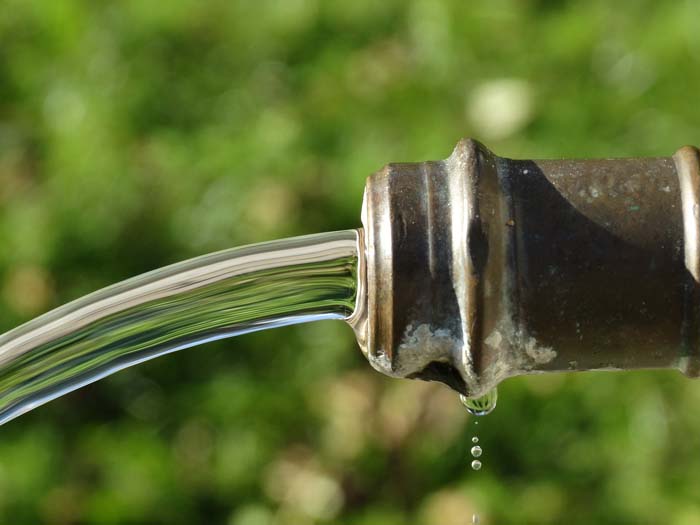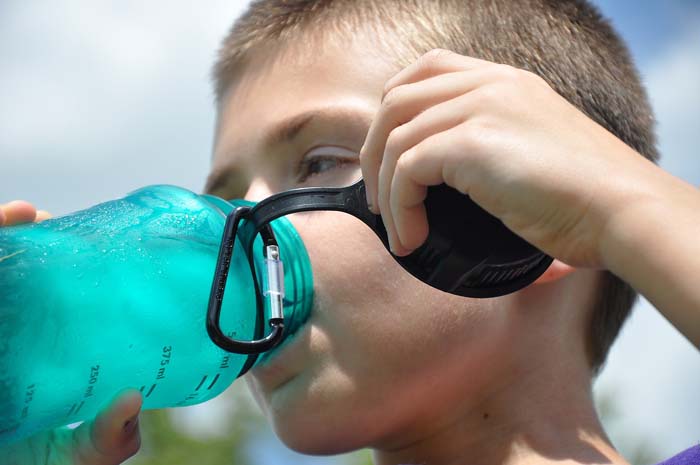
The goal of any water filtration system, including whole home systems, is to provide clean water free of contaminants. Many urban areas have water that is unfit for human consumption. You can use the clean water from a whole house water filter system for more than just drinking. It’s great for washing clothes, taking showers, and more.
Your whole house water filter installation is as important as the selection procedure. You need to ensure that these systems are properly installed on your property. This will allow you access to potable water, as they are substantial investments with numerous advantages. The main focus is getting the plumbing and fixtures in the house ready for installation.
Where Should You Install a Whole House Water Filter?
A few things need your attention before you consider bringing the tools to install a whole house filter. Among these factors is the placement of your home’s water filtration system. You can ensure that all of the fixtures in your house have access to clean water by installing the filter system at the main water lines. With this setup, all your plumbing fixtures, except outdoor faucets, will have access to clean water. Placing this water filter system wherever you can quickly swap out cartridges and filters is the way to go.
Set it up near the main water shutoff valve, next to the water heater. All appliances that use hot water may have their lifespan extended. Purification is the way to go if you want to keep sediment and other pollutants from damaging your appliances. It is best to install a water filtration system after installing a pressure tank if your water supply comes from a private well.
Steps to help you install a whole house water filter
- Before the installation, get everything ready
The whole house water filter installation process begins with preparatory work. This entails gathering the necessary tools. In order to identify the water inflow bus of the water pipe, it is best to have the experts from the water filter store perform an on-site examination before they install a whole house water filtering system. There are specific height and space requirements for installing this system. Be sure to plan out the installation space, measure the height, and design the installation diagram of each working water filter. Make sure to mention the power connection’s placement and the direction of the sewage outflow.
- Find out where the water filtration system for the entire house is located
The power supply, sewage pipeline, floor drain, and power supply are typically reserved. The pre-filter is typically located close to the water meter and main valve. The corresponding facilities should not be exposed to direct sunlight or other heat sources. Furthermore, you should add a check valve if the purifier is too near the water heater. Conducting a site study before installing a whole house water filter is best. This will help choose an appropriate area with drainage pipelines and water access. You should place it at the main water line so that it can purify the water throughout the home efficiently. After that, water can be directed to each location independently.
- Installing the pre-filter
The pre-filter is an important step in a whole house water purification system. It can remove silt, rust, and big particles from municipal water supplies. In most cases, the pre-filter will be either in the water meter of the inlet pipe or at the location of the main inlet valve. Before installing electricity and water, plan the wiring to reserve the power cord and water outlet. It will be more challenging to wire after decoration.
- Set up the whole house water filter’s central filtration system
In order to make the wiring more accessible, the central water purifier is usually put under the kitchen sink or another sink in the bathroom. Purifying the water throughout the house is the job of the central water filter. It removes the water from the pre-filter and performs the second filter. Secondary filtration can remove chlorine, bacteria, heavy metals, and other chemical and organic contaminants from water. The water pressure range required to install a whole house central water filter is 0.3-0.35 MPa. Installing a pressure regulator valve is important for high water pressure, and a booster pump is ideal for low water pressure.
- Install a water softener
While the water filter and the central water softener share identical installation components, there are two distinct varieties of water softeners. You must plug the pump into an electrical outlet to activate it. Install the power connection board beneath the cabinet before installing the water filter. To avoid detracting from the cabinet’s aesthetic or the water softener’s functionality if it is not installed, it is best to make the water softener a hidden function.
- Checking leakage and flushing
Once you’re done with the installation, turn on the main water valve at the house to see if the pipeline leaks. While you’re at it, manually cleanse the water filter both ways. To flush, turn the control valve to the on position. Make sure the control valve is set to run once flushing is finished. Determine the estimated flushing time and adjust the control valve for various control valves.
Lastly, make sure the water filter is on, open the main tap water valve, and check the connections of each pipeline to make sure the system is usable.
Are whole house water filters worth it?
A whole house filtration system is typically worthwhile if your worry is about the health impacts of using your water and you are unhappy, disappointed, or concerned about the water quality in any way.
Whole home filtration systems:
- Remove harmful contaminants from water by filtering it.
- Usually, it won’t affect your water pressure (if the system is appropriately sized).
- Ensure access to clean shower water.
- Give you a solution that does everything, so you don’t have to put separate filters everywhere.
- Ensure you have access to clean water for all your household needs, including bathing and cooking.
- Decrease your energy costs and do your part for the environment by doing away with single-use water bottles and other wasteful practices.
- Provide water with an improved taste.
- Safeguard your water heater, water line, and all of your home’s appliances.
How much should a whole house filter cost?
Installing this system might cost anything from $850 to $5,500. Installing a whole house reverse osmosis system can remove 99.9 percent of water pollutants for $4,700 to $8,200. However, reverse osmosis produces the majority of wastewater.
Is it okay to drink tap water with a whole house filter?
Your water will be safer to drink from every tap when you install a whole house water filter. It will remove impurities as they enter the system.
Advantages and disadvantages of whole-house water filter systems
Pros:
- More convenience
- Gets rid of a variety of pollutants
- Possible advantages to one’s health
- Friendly to the environment
Cons:
- Regular maintenance is necessary
- Initial cost
How long do whole house water filters last?
To ensure you’re getting the highest quality water from your tap, installing a whole house water filtration system is a good idea. You’ll get numerous benefits when you install a whole house water filter—for example, improved water taste and cleaner water for washing clothes and dishes. Your water filtration system does have a lifespan, much like an HVAC system.
 The Longevity of Your Whole House Water Filter
The Longevity of Your Whole House Water Filter
The average number of gallons of water your household uses is a major factor in determining the answer. When your water main is on, your whole house water filter begins to function. Your home water filter will gradually become clogged as it catches as many obstructions as possible while operating water-using appliances like the dishwasher, kitchen sink, and shower. There is usually a recommended number of gallons of water that you can use before needing to change a water filter. It can be difficult to keep track of water usage to such an acceptable degree, but that recommendation usually gives a good idea of when to install a new filter.
Replacement of the pre-filter should be done every 6 months, while you should change the post-filter and carbon filter annually. This depends on average usage. However, other factors besides water use dictate how frequently you should change your filters. The frequency at which you should replace your filter is directly proportional to the pre-filtration water quality. Your filters will have a longer lifespan and require less effort to remove particles like salt and silt from water. However, consider replacing your filters more frequently than suggested if your water is very mineralized and heavily metal-laden.
Conclusion
No rocket science is involved when you want to install a whole house water filter. Hire a professional plumber if you are unsure of what you’re doing or don’t have the necessary expertise. For assistance with both the installation and ongoing maintenance of your water filtration system, it is best that you contact a professional water filtration system company.
